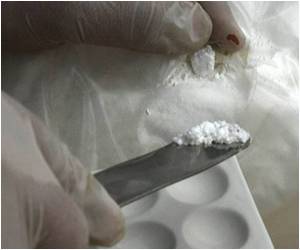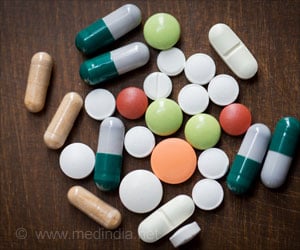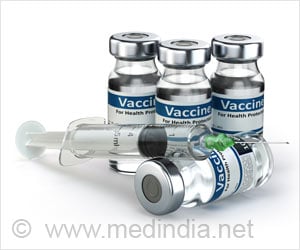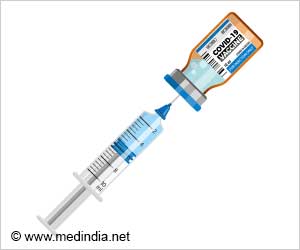The drug, Byetta, is derived from a hormone that regulates feeding behavior known as glucagon-like peptide-1, or GLP-1.

TOP INSIGHT
The activation of GLP-1 receptors in the ventral tegmental area (VTA) of the brain was found to reduce self-administration of cocaine.
With this groundwork laid, the researchers formulated a straightforward hypothesis. "If GLP-1 regulates intake of palatable food, then perhaps it also regulates consumption of cocaine," Schmidt said. "That was it in a nutshell."
The hypothesis turned out to be true. In a two-and-a-half year study of rats, the trio showed that when they activated GLP-1 receptors in the region of the brain that deals with reward behavior, called the ventral tegmental area, or VTA, the animals self-administered less cocaine. It’s the first time such a role has been shown for GLP-1 in the brain.
Physiologically, GLP-1 acts similarly in rat brains and human brains. Rather than injecting cocaine, the scientists modeled the way a human would take the drug by offering the study rats a lever to press for intravenous infusions. Once the animals stabilized in their drug-taking regimen, the researchers introduced the GLP-1 receptor agonist directly into the brain.
"We’re looking at what activation of GLP-1 receptors in the VTA does to the animal’s self-administration of cocaine," Schmidt said. "We were able to show a nice decrease in cocaine self-administration."
Getting to human clinical trials would go a long way toward meeting a long-term goal for Schmidt, who is the lead author of a new paper detailing these findings in the journal Neuropsychopharmacology. "Our interest is really to understand how chronic exposure to drugs of abuse changes the brain to produce addiction-like behaviors," said Schmidt, who has also authored another similar paper, about nicotine and a potential smoking-cessation medication.
"That gets into a systems neuroscience approach, into the circuitry underlying the behavior," he said. "It’s really provocative.... We talk about the VTA and the reward circuit that drives cocaine taking. But there’s also this pathway that cocaine is activating that’s functioning as a ’brake’ to try and stop or reduce the behavior."
There are more pieces of the puzzle to solve. But, if this research continues to progress successfully, those working to treat cocaine addiction may soon have another option in their toolkit.
Source-Eurekalert
 MEDINDIA
MEDINDIA



 Email
Email










